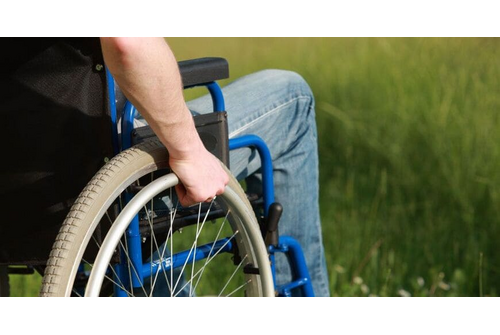Equipment of urban transport for transportation of persons with disabilities
The document provides basic requirements for the equipment of vehicles, allowing wheelchair users to move smoothly both from the boarding platform to the interior of the cabin and back. To this end, the standard specifies the necessity of absence of any obstacles higher than 50 mm, gaps and clearances wider than 100 mm, and slopes greater than 6%. The rules for the application in practice of these requirements are regulated by Art. 26 of the Federal Law No. 162 "On Standardization in the Russian Federation" from 2015.

What devices are used
Special mechanisms and equipment designed to move people with low mobility and installed on public transport include:
- ramps. They are rigid, sloped surfaces installed between the floor of the vehicle loading bays and the boarding platforms. Thanks to them, wheelchair access and boarding of passengers with locomotor disabilities is ensured without hindrance. All ramps are divided into two categories: manual (set into operating position by the driver or other personnel as needed) and automatic (extended by means of a hydraulic or electric drive when the door is opened).
- lifting devices. Equipped with a horizontal platform, used to accommodate a wheelchair. They have a motorized drive, which carries out movement up and down, as well as in the longitudinal direction. For safety reasons, the minimum length of the platform should not be less than 1500 mm and its width not less than 800 mm. In addition, the platform shall have straps that allow securing the wheelchair before moving off to prevent it from rolling away due to inertia;
- support devices. These include various racks and handrails, allowing you to hold on to your hands while you move around the cabin. They must be comfortable not only for healthy passengers, but also for those who have problems of musculoskeletal nature. An important condition is that they are painted in contrasting colors, ensuring visibility even for visually impaired people;
- special spaces. They are designed to accommodate wheelchairs, as well as accompanying persons. Their width should provide unhindered movement of people with low mobility during boarding and unloading. As a rule, on city buses, these spaces are located in the rear storage areas, since they already have sufficient space and do not require major modernization.
For each vehicle type and model (car, bus, subway car or railroad car) equipment for transportation of disabled people is selected individually. This is due to the difference in the length of the salon, the size of the platforms, the number of doors and other parameters directly affecting the movement of passengers. Additional mechanisms, providing more comfortable boarding and unloading of disabled people, include hydraulic devices, providing a certain inclination of the vehicle body towards the sidewalk. Thanks to this, ramps are placed at a smaller angle, which facilitates the entry and exit of wheelchairs.
It is also worth noting that the equipment installed in vehicles and designed for comfortable passage of people with low mobility must necessarily include a call button for the driver, placed in an accessible location. This is due to the fact that only he should control the extension/installation of the ramp or the movement of the lifting platform. Such a rule is due to both technical requirements and safety measures.


